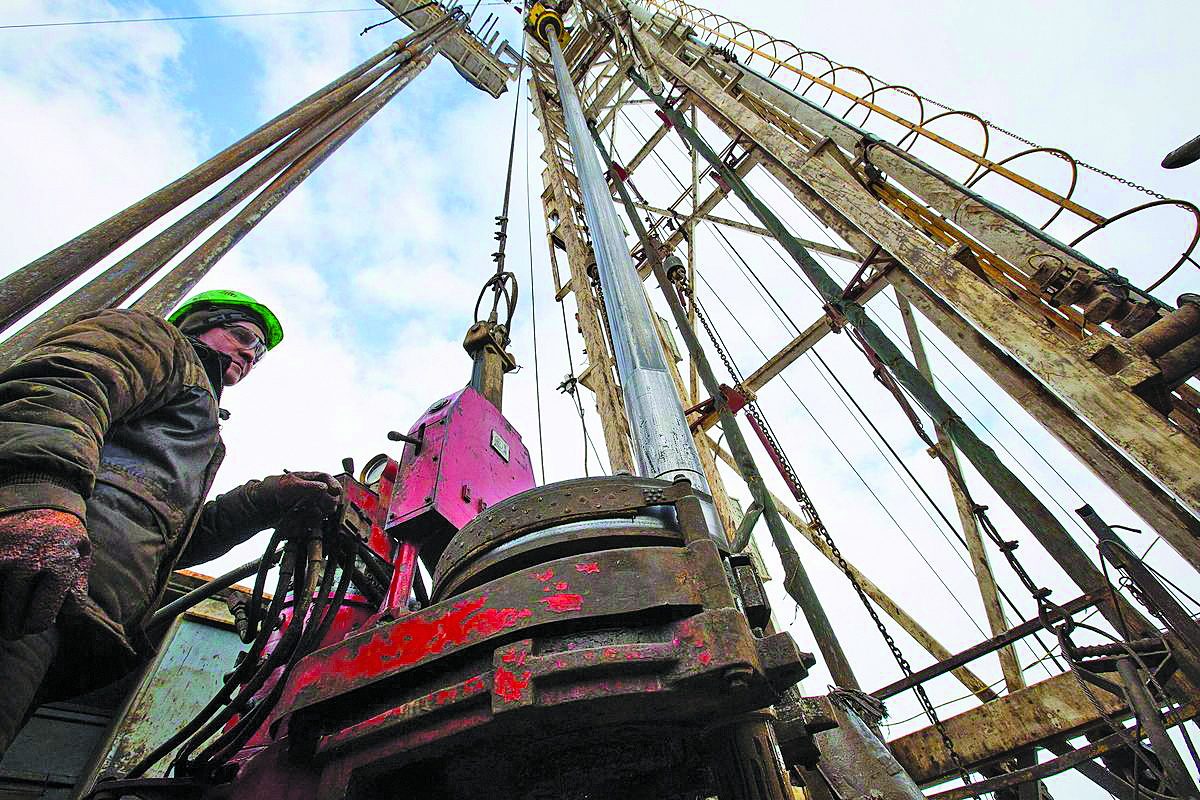
Muscat: Oil producers across the Middle East and North Africa (Mena) region have been continuing to spend heavily on oil, gas and petrochemicals’ production capacity despite the fall in oil prices since 2014.
About $294 billion of oil, gas and petrochemicals projects are in the pre-execution phase across the Mena region even as concerns about global oversupply continue to suppress oil prices, according to Meed Insight’s Mena Oil and Gas Report 2017.
Despite lower crude prices, the Mena region is continuing to spend heavily on oil infrastructure to maintain capacity and, in some countries, meet ambitious capacity expansion targets.
Gas spending is also set to increase as countries such as Saudi Arabia and the UAE study higher-cost sour gas and shale gas plans to meet rapidly-growing domestic demand.
The year 2016 saw average crude prices drop to a 13-year low as oil and gas producers in the Middle East and North Africa (Mena) region continued to face the impact of global oversupply.
The drop in crude revenues coincided with an eight-year low in the value of engineering, procurement and construction (EPC) contracts awarded in the regional oil, gas and petrochemicals sectors.
Investment in the Mena hydrocarbons industries hit an eight-year low in 2016, dropping 34 per cent to $32.4 billion.
“The oil, gas and petrochemicals sectors will continue to be the backbone of economies across the Mena region,” said MEED Editorial Director, Richard Thompson. “With an estimated $294 billion-worth of projects in the pre-execution phase, the sector provides a wealth of opportunity for business from Saudi Arabia’s ambitious oil-to-chemicals complex to the re-emergence of the Iran oil industry following years of sanctions.”
Upstream investment
Upstream investment has been driven by the need to meet rising demand, at both home and abroad, and the need to replace resources lost through natural depletion. In the GCC, Saudi Arabia, the UAE, Kuwait and Qatar have all raised their sustainable crude oil production capacity, while Oman has managed to reverse a slump in output through its enhanced oil recovery (EOR) programme. Outside the GCC, production capacity and output has stagnated or fallen in Algeria, Egypt and Libya, mainly due to the political problems in those states. Iraq has been able to increase capacity through one of the world’s largest upstream investment programmes.
In terms of a subsector breakdown of future projects, the largest sector is petrochemicals with over a quarter of total projects planned. Oil refinery projects rank second with the announcement of several new refinery projects in Iraq boosting this sector. Spending is also anticipated on new refineries in Bahrain and Oman.
In the UAE, lower prices have been a driver of workforce reduction and consolidation. The Abu Dhabi National Oil Company (ADNOC) is merging its two offshore oil producers as well as several logistics subsidiaries to low costs and streamline operations. Job cuts have also been administered at Qatar’s major gas companies.
During the period under review, the UAE emerged as the third most valuable market for hydrocarbon projects, spending $35.1 billion.
The UAE is also eyeing major gas capacity expansions in the coming years, largely by developing new sour gas reservoirs. These include major projects in the Bab and Hail fields as well as the expansion of the Shah gas field. The UAE ran into delays in the contract award phase on several projects in 2015/16, including the $3 billion Bab Integrated Facilities Expansion, a new refinery in Fujairah and the Fujairah LNG import terminal.
Meanwhile, Saudi Arabia plans to list the world’s largest oil and gas company, Saudi Aramco, on the stock market, with an initial public offering (IPO) that values the company at an estimated $2 trillion.
Saudi Arabia had the region’s largest oil, gas and petrochemicals market in the 2011-2016 period, with a total of $69.37 billion worth of contracts awarded, accounting for over a quarter of the regional total. The bulk of these awards, however, were in 2011 and 2012, with over $47 billion spent in these two years combined. Average spending dropped considerably in the subsequent four years.
Saudi Arabia’s project pipeline is buoyed by the region’s two largest projects, which are both at an early stage: Sabic’s oil-to-chemicals project and Aramco’s integrated refinery and petrochemicals development, both at Yanbu on the Red Sea coast. These projects aside, Aramco is likely to prioritise projects to expand its gas capacity which includes higher gas processing capacity, the development of non-associated gas fields in the Gulf and expanding shale gas production in the north. Saudi Aramco plans to spend $334 billion across the oil and gas value chain by 2025. Meanwhile, Kuwait is expected to spend $115 billion on energy projects over the next five years to help boost crude production capacity to 4 million barrels a day by 2020.